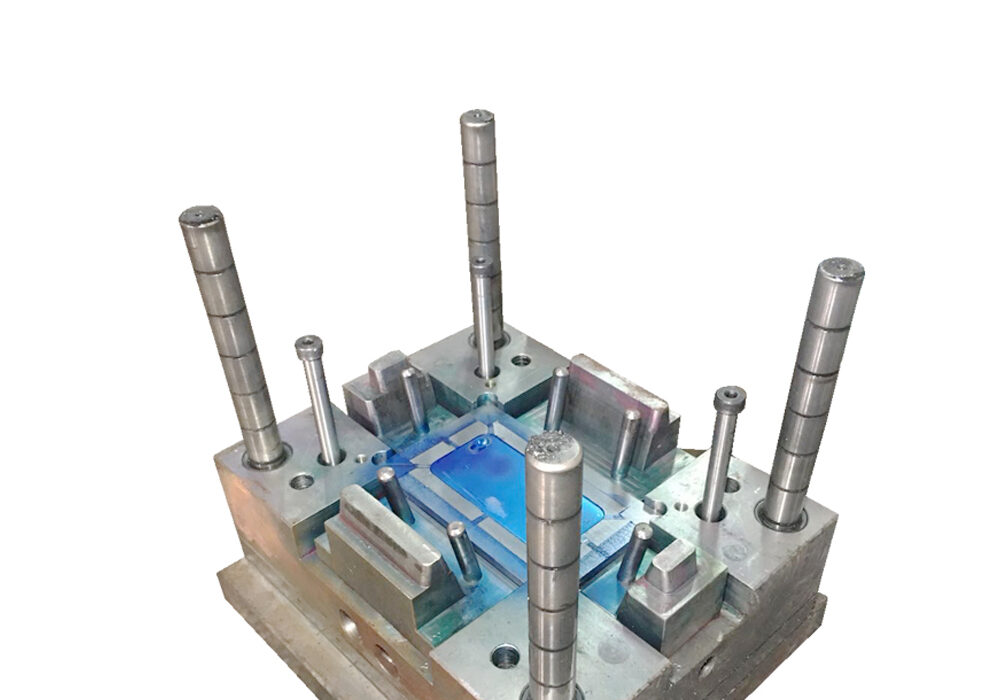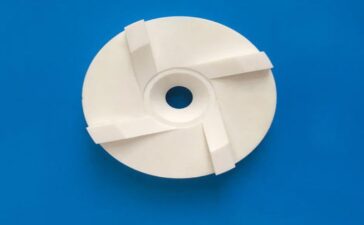Mold classification:
1. According to the molding process: hot work mold and cold work mold
2. According to molding materials: metal mold and non-metal mold
- 1) Metal material module: casting mold, die casting mold, stamping mold (bending, punching, blanking, drawing, forming, flanging, etc.), forging mold (hot forging, cold rolling, rolling, deep drawing, extrusion) Etc.), powder metallurgy mold (isostatic pressure powder metallurgy, metal injection mold P powder metallurgy, powder forging powder metallurgy, pressure sintering powder metallurgy, etc.).
- 2) Non-metallic materials are divided into: plastic molds (extrusion, blow molding, injection molding, compression molding, air assist, vacuum foaming, etc.), rubber molds, glass molds, ceramic molds, powder metallurgy molds (polytetrafluoroethylene) .
3. According to production volume: sample mold (simple mold) and mass production mold
4. According to the mold material: soft mold and hard mold
The application of plastic products is more and more extensive, the requirements for the surface quality of plastic molds are getting higher and higher, and the requirements for mirror polishing are also getting higher and higher.
The effect of plastic mold polishing not only increases the appearance of the workpiece, but also improves the wear resistance and corrosion resistance of the material surface. At the same time, it can easily demold plastic products and shorten the production cycle. Therefore, plastic mold polishing is an important part of the mold manufacturing process.
Blow molding principle:
1. Blow molding is a hollow plastic product formed by placing a plastic parison in a molten state in a mold cavity and expanding it by compressed air to make it in close contact with the cavity wall and cooling and shaping.
2. Blow molding can obtain hollow thin-walled plastic products of various shapes and sizes, which are widely used in industry, especially in daily industry. Almost all thermoplastics can be used for blow molding, especially polyethylene.
3. The blow molding method mainly has the following forms.
1) Extrusion blow molding:
2) Injection blow molding: This method uses an injection molding machine to blow the parison in the injection mold, and then moves the hot parison into the blow mold for blow molding.
3) Injection stretch blow molding: Compared with injection blow molding, this method only increases the drawing process of the bottom parison.
- (1) Inject the molten plastic into the mold and cool it sharply. Form a transparent bottom parison,
- (2) injection molding the parison, the thread part moves to the heating position along with the mold thread forming block and the rotating plate, the inside and outside of the parison are heated by resistance,
- (3) The bottom parison is moved to Stretch the blow molding position and stretch 2 times.
4) Move the stretch blow molding to the next position, open the half opening of the thread forming block, and take out the product. The equipment is actually a multi-station injection molding machine mold, with four stations, each station separated by 90 °)
For example: plastic bottles have transparent colors and glass texture. After polishing, the transparency can be increased to make the surface smoother and more delicate. The specific operation steps are to remove the surface of the plastic tube blank with sandpaper, and then use 3M pyramid sandpaper. Grinding with dry grinding, and finally fine polishing with diamond paste, after these processes, the product will be as bright and transparent as glass. These products are commonly used in food packaging.




